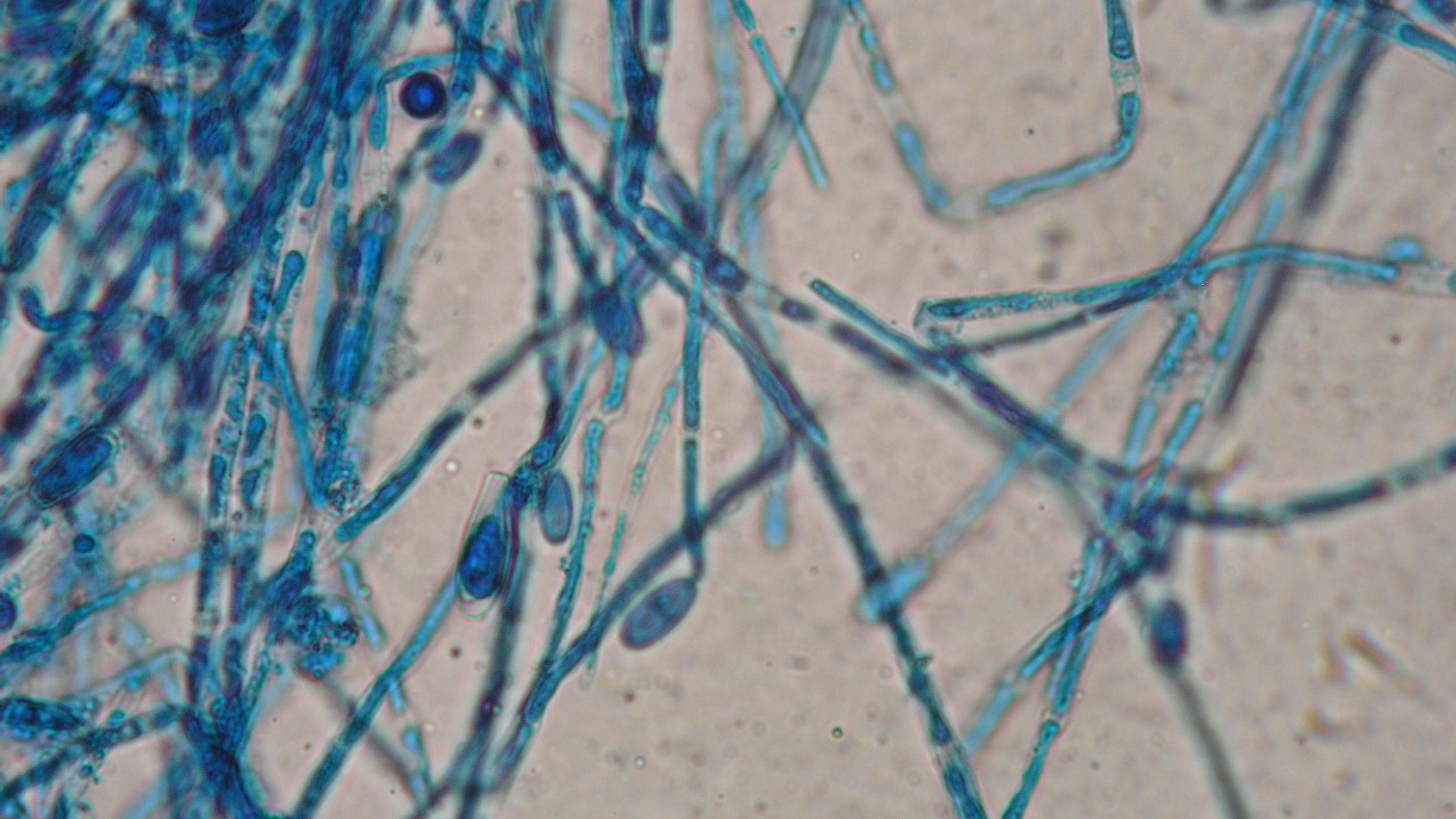Research staff from the Institute of Agrochemistry and Food Technology (IATA-CSIC), located in the scientific-academic area of the University of Valencia Science Park, has developed a work that expands the collection of genetic elements within the synthetic biology platform FungalBraid, a platform that turns editing into a 'cut-and-paste' game
The study, in which researchers from the group of Jose F. Marcos and Paloma Manzanares, from the Institute of Agrochemistry and Food Technology (IATA-CSIC), located at the University of Valencia Science Park (PCUV), has counted with the collaboration of Diego Orzáez's team, from the Institute of Molecular and Cellular Biology of Plants (IBMCP, CSIC-UPV). The work, published in the journal Frontiers in Bioengineering and Biotechnology, has developed a work that expands the collection of genetic elements within the synthetic biology platform FungalBraid, a platform that turns editing into a 'cut-and-paste' game.
FungalBraid is a powerful tool that enables multigene constructs to modify the genome of filamentous fungi. This tool includes an extensive catalog of gene parts and constructs. Filamentous fungi are used for the sustainable production of organic acids, proteins and metabolites with applications in the agri-food, chemical, textile and biofuel industries.
The group of Bioactive Proteins and Peptides of Interest in Agrifood of IATA-CSIC has introduced new pieces to the collection, validated in different species of fungi, such as Penicillium digitatum and Penicillium expansum, species that cause serious pathologies in fruits and vegetable crops, or Penicillium chrysogenum and Aspergillus niger, of great importance for the agrifood industry. Tests with these organisms suggest that they can be used in many other fungi of biotechnological relevance.
"FungalBraid allows filamentous fungi to be genetically modified and turns their editing into a game of cut-and-paste, as if they were Lego pieces. This allows a theoretically infinite number of genetic combinations to be made following standardized rules", Jose F. Marcos, researcher at IATA-CSIC and co-author of the study
The IATA-CSIC team has adapted to filamentous fungi the GoldenBraid cloning methodology, developed by the group of Diego Orzáez, IBMCP researcher, and initially designed for plants. The new parts increase the already existing repertoire, which is public and open to the scientific community, through the GoldenBraid website (https://gbcloning.upv.es), where the instructions for using this tool can also be found.
"FungalBraid allows the genetic modification of filamentous fungi and turns their editing into a set of cutters, as if they were Lego pieces. This allows a theoretically infinite number of genetic combinations to be made following standardized rules," says Jose F. Marcos, researcher at IATA-CSIC and co-author of the study.
The new parts include antibiotic resistance markers, an auxotrophy marker that allows fungi to overcome uridine and uracil deficiency (key substances for their growth) and a variety of gene promoters that allow gene expression to be modulated at will, including synthetic promoters based on the new CRISPR activation technology (CRISPRa).
"Fungi have a great capacity for adaptation, they can grow in many different ecosystems and substrates, their cultivation is economical and they have a high secretory capacity. All this justifies the great biotechnological interest of these microorganisms", Paloma Manzanares, IATA-CSIC researcher participating in the study
Mushrooms, protagonists in the agri-food industry
"Fungi have a great capacity for adaptation, they can grow in many different ecosystems and substrates, their cultivation is economical and they have a high secretory capacity. All this justifies the great biotechnological interest of these microorganisms," emphasizes Paloma Manzanares, IATA-CSIC researcher participating in the study.
Currently, filamentous fungi are used for the sustainable production of organic acids, proteins, enzymes and metabolites with applications in the agri-food, chemical, pharmaceutical, textile, paper and biofuel industries. In addition, enzymes produced by fungi account for more than half of the enzymes used industrially.
In the food industry, fungi are used for the fermentation of wines and beers, the ripening of cheeses, the production of certain sausages or the incorporation of nutrients such as vitamins B1 or B2 into food. In addition, some species play a crucial role in agricultural production, as they help plants in the absorption of nutrients or to fight pathogens.
"With the inclusion of these new pieces in the collection, FungalBraid significantly increases its interest for the scientific community. These parts allow a greater number of DNA assemblies, which transfers the synthetic biology revolution to filamentous fungi, exponentially increasing their possibilities for the discovery and production of new bioactive molecules with biotechnological applications in food, agriculture or biomedicine, to name a few examples," concludes researcher Sandra Garrigues, co-author responsible for the study.
Reference:
Moreno-Giménez E, Gandía M, Sáez Z, Manzanares P, Yenush L, Orzáez D, Marcos JF, Garrigues S. FungalBraid 2.0: expanding the synthetic biology toolbox for the biotechnological exploitation of filamentous fungi. Front Bioeng Biotechnol. 2023 Aug 7. DOI: 10.3389/fbioe.2023.1222812.


